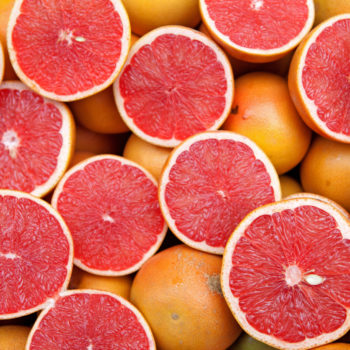Bread? Yes, but in moderation. According to a research published in the Journal of Cereal Science, the chemical reaction thanks to which the crust would be formed has inside some components that are not appreciated by the body, which are able, among other things, to speed up cellular aging. We talked about this topic with Martina Mura, dietician at Humanitas.
What is Maillard’s reaction?
It is called Maillard’s reaction, from the French chemist who studied the reactions of sugars and proteins during cooking at temperatures above 150-170 degrees, and it is the reaction that leads to the formation of the crust of bread, the crust on baked potatoes, the brownish color of biscuits, rusks, and roasted coffee beans. However, this reaction also produces acrylamide, a substance classified as potentially carcinogenic (class 2A) by the IARC. It is a substance with the potential to change DNA by increasing the risk of developing cancer in consumers of all ages. According to EFSA’s (Scientific Opinion on Acrylamide in Food – EFSA 2015) advice for cancer-related effects of acrylamide, public exposure is so high that it is a public health alert. Children are at greatest risk because they have a larger body surface area. Not only do foods contain acrylamide, tobacco smoke is a greater source than food.
Which bread to eat?
As an integral part of the Mediterranean diet, as well as being a food of culinary tradition and millenary cultural history, bread is not a food to be avoided. The important thing, according to experts, is to consume it in moderation and following the principle of high quality of the products that have been used to make it. Starting with leavening, which must be long: yeasts feed on sugars, the longer the leavening is prolonged, the more they manage to reduce the amount of sugars available to the reaction.
Another way to reduce acrylamide is to prefer longer cooking times at lower temperatures. This molecule is produced faster than 180°C, better to bake potatoes and bread at lower temperatures but for longer times.
Pay attention to the color. The color of the food helps to detect the presence of acrylamide. Specifically, it is the color from brown to dark brown that we can see on potatoes, bread, pizza, biscuits, breakfast cereals, rusks, etc., to clearly indicate the presence of this carcinogenic substance. The darker the color and the larger the area involved, the greater the quantity of acrylamide. If the color is golden, the presence of acrylamide could be “negligible”. There is no acrylamide in the breadcrumbs or boiled potatoes.










